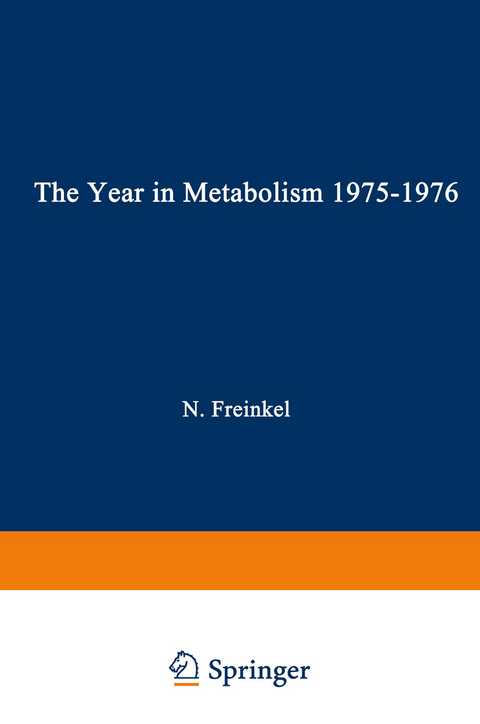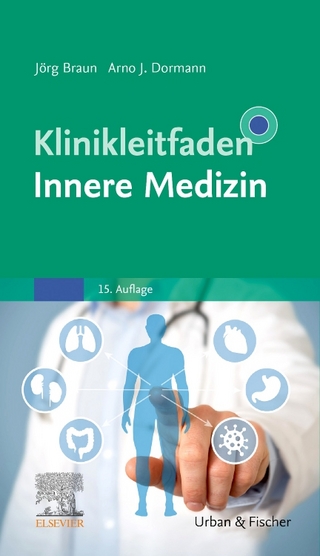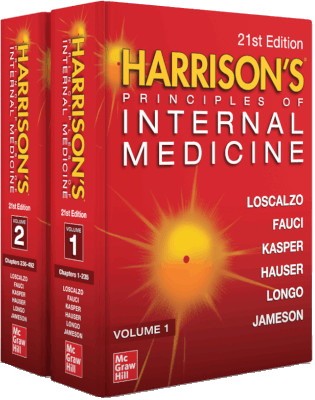
The Year in Metabolism 1975–1976
Springer-Verlag New York Inc.
978-1-4684-7658-3 (ISBN)
1 Hormone Receptors, Cyclic Nucleotides, and Control of Cell Function.- 1.1. Introduction.- 1.2. Receptor Systems.- 1.3. Regulation of Adenylate Cyclase.- 1.4. Cyclic 3?,5?-Adenosine Monophosphate Concentration in Tissue and Protein Kinase Activation.- 1.5. Cyclic Nucleotides in the Extracellular Fluids.- References.- 2 Diabetes Mellitus.- 2.1. Introduction.- 2.2. Heterogeneity in Etiology and Pathogenesis.- 2.3. Measurement of Insulin Secretory Products.- 2.4. Acute Complications.- 2.5. Long-Term Complications.- References.- 3 Glucagon.- 3.1. Immunoreactive Glucagon in Tissues and Plasma.- 3.2. Glucagon Metabolism—Clearance and Degradation.- 3.3. Actions of Glucagon on the Liver.- 3.4. Physiological Roles of Glucagon and Insulin in Fuel Homeostasis—The Concept of a Bihormonal Unit.- 3.5. Proposed Mechanisms of Glucagon Action.- 3.6. Control of Glucagon Secretion.- 3.7. Studies of Glucagon Physiology Using Somatostatin.- 3.8. Microanatomical Organization of the Islets of Langerhans.- 3.9. Extrapancreatic Glucagon.- 3.10. Diabetes Mellitus.- 3.11. A-Cell Function in Prediabetes.- 3.12. Catabolic Diseases.- 3.13. Glucagonoma.- References.- 4 Recent Developments in Body Fuel Metabolism.- 4.1. Introduction.- 4.2. Glucose Metabolism.- 4.3. Protein and Amino Acid Metabolism.- 4.4. Fatty Acid and Ketone Metabolism.- 4.5. Fuel Metabolism in Exercise.- References.- 5 Recent Endocrine and Metabolic Investigations Relevant to Obesity.- 5.1. Introduction.- 5.2. Insulin.- 5.3. Thermogenesis and Thyroid Function.- 5.4. The Gastrointestinal Tract.- 5.5. Appetite and Substrate Utilization.- References.- 6 Disorders of Lipid and Lipoprotein Metabolism.- 6.1. Introduction.- 6.2. Lipoprotein Structure and Metabolism.- 6.3. Hyperlipidemias—Definition and Classification.- 6.4.Familial Hypercholesterolemia.- 6.5. Type III Hyperlipoproteinemia.- 6.6. Familial Lecithin: Cholesterol Acyltransferase Deficiency.- 6.7. Chronic Renal Failure and Hyperlipidemia.- 6.8. Diabetes Mellitus and Hyperlipidemia.- 6.9. Treatment of Hyperlipidemia.- References.- 7 Metabolism of Amino Acids and Organic Acids.- 7.1. Introduction.- 7.2. Hyperammonemia and Urea Cycle Enzymes.- 7.3. Inherited Defects of Cobalamin (Vitamin B12) Metabolism.- 7.4. Use of Stable Isotopes in the Investigation of Disorders of Amino Acid and Organic Acid Metabolism.- References.- (Section 7.1).- Hyperammonemia and Urea Cycle Enzymes (Section 7.2).- Inherited Defects of Cobalamin Metabolism (Section 7.3).- Stable Isotopes (Section 7.4).- 8 Disorders of Purine and Pyrimidine Metabolism.- 8.1. Introduction.- 8.2. Abnormalities of Purine Metabolism.- 8.3. Abnormalities in Serum Urate Concentration.- 8.4. Abnormalities of Pyrimidine Metabolism.- 8.5. Regulatory Role of Cyclic Purine Nucleotides.- References.- 9 What’s New—Vitamins and Minerals.- 9.1. Introduction.- 9.2. Vitamin C.- 9.3. Vitamin D.- References.- 10 Nutrition, Growth, and Development.- 10.1. Introduction.- 10.2. Normal Nutrition.- 10.3. Abnormal Nutrition.- References.- 11 Metabolic Aspects of Renal Stone Disease.- 11.1. Introduction.- 11.2. Types of Renal Stones.- 11.3. Pathogenesis of Renal Stones.- 11.4. Treatment and Prevention of Renal Stones.- 11.5. Summary.- References.- 12 Metabolism and Metabolic Actions of Ethanol.- 12.1. Metabolism of Ethanol.- 12.2. The Hypermetabolic State Produced by Ethanol.- 12.3. Effects of Alcohol on the Liver and Development of Alcoholic Liver Injury.- 12.4. Interaction of Ethanol and Lipid Metabolism in Liver and Intestine.- 12.5. Acetaldehyde—Its Metabolism and Metabolic Effects.-References.
| Erscheint lt. Verlag | 12.6.2012 |
|---|---|
| Zusatzinfo | 26 Illustrations, black and white; XXI, 353 p. 26 illus. |
| Verlagsort | New York, NY |
| Sprache | englisch |
| Maße | 152 x 229 mm |
| Themenwelt | Medizinische Fachgebiete ► Innere Medizin ► Diabetologie |
| ISBN-10 | 1-4684-7658-0 / 1468476580 |
| ISBN-13 | 978-1-4684-7658-3 / 9781468476583 |
| Zustand | Neuware |
| Haben Sie eine Frage zum Produkt? |
aus dem Bereich


